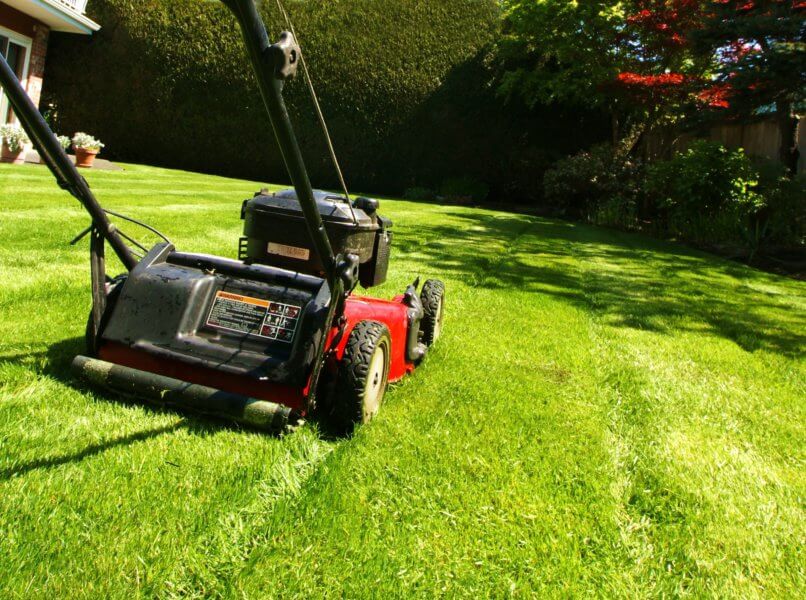
Treating Your Lawn for Summer Pests
There are several common pests that invade Florida lawns each summer, like chinch bugs, grubs, armyworms, mole crickets and more. Each type of pest generally requires a specific treatment that is unique to that creature in order to get rid of or prevent them from infesting your lawn in the first place. However, there are several other important tips you should keep in mind to maintain optimal lawn health while also discouraging pests from settling.
Choose the Right Grass for Your Area
A pest-free lawn starts with choosing an appropriate grass variety for your local climate. Well-suited grasses will grow stronger and healthier, better enabling it to withstand pest attacks. Grass species that don’t grow well in the area can often be weaker, making them easy targets for lawn pests. What’s more, grasses that aren’t native to the local area often lack natural defenses against pests that local grasses may have developed over time.
Here in Florida, we are lucky to have a climate that is suitable for a variety of grass types. Floratam, Bahia, St. Augustine, and Zoysia sod are all great options for establishing a lawn on your property. We can help you with all of these and more here at Duda Sod, so keep us in mind for all your sod needs.
Don’t Mow Your Lawn Too Short
While it can sometimes be tempting to trim your lawn close to allow yourself more time before it needs to be mowed again, this can actually do your lawn more harm than good. When grass is too short, it loses the protection from the sun that taller grass provides. This can leave your lawn more prone to dry patches, particularly in areas that receive the most sunlight. Short grass can also be more attractive to pests, especially those that burrow under the grass, as it provides them easier access. For many popular Florida grass types, 1 to 2 inches is generally a healthy length.
Keep Thatch to a Minimum
Another hazard of keeping your lawn short is that it can encourage thatch to form. This is a buildup of lawn trimmings that accumulates at the base of the grass. While some thatch can be beneficial, it can block your lawn’s access to the sunlight and air it needs to thrive. Use a rake or hand rake to remove thatch periodically so that it doesn’t choke off your lawn. Thatch can also provide shelter for a variety of lawn pests, giving you even more reason to clear it out regularly.
Hydrate Your Lawn Properly
It is important not to over- or underwater your lawn, as erring in either direction can damage your lawn’s health. Check the recommendations for your specific grass type to verify exactly how it should be watered. As a general rule of thumb, it is best to water your lawn more deeply but less frequently. This encourages root growth, leading to a strong root system to nourish your lawn. Allow your lawn to dry almost completely before watering again to keep it from getting soggy. Wet environments are often more attractive to pests, so spreading out your watering schedule can help to deter them. Be sure to comply with any watering restrictions in your area as well.
Call in Professional Help
If you already have an active lawn pest infestation, you may not be able to get rid of them on your own. Pest control experts can apply chemical or other treatments to get rid of pests and help keep them from coming back the following year. Work with your pest control provider to determine an appropriate treatment schedule.
Repair Pest Damage With Fresh Sod
Sometimes even your best efforts aren’t enough to keep pests away. If your lawn isn’t coming back after pest damage, you may need new sod to fill in the gaps and bring your lawn back to full health. The experts at Duda Sod can help you select exactly the right sod variety to meet your needs. We can also provide advice on how to care for your lawn going forward, including keeping pests at bay.